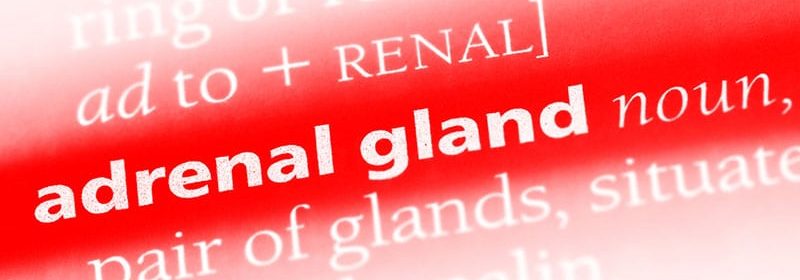Cortisol From Adrenal Masses Linked With Dysglycemia

Researchers published the study covered in this summary on Research Square as a preprint that has not yet been peer reviewed.
Key Takeaways
There were no significant differences in prevalence or incidence of type 2 diabetes between patients with an adrenal mass with autonomous cortisol secretion (ACS) and those with a nonfunctioning adrenal incidentaloma (NFAI) in a retrospective analysis of 709 people with an adrenal incidentaloma (AI) assessed with an overnight dexamethasone suppression test.
However, among the patients with type 2 diabetes in this cohort glycemic control was worse among those with an AI with ACS compared with those with a NFAI, suggesting a possible deleterious effect of glucocorticoid excess.
Higher levels of salivary and urinary free cortisol were found in patients with type 2 diabetes compared with people without type 2 diabetes, suggesting that the worse glycemic control seen in people with ACS might be directly associated with their level of hypercortisolism.
Why This Matters
About 5%-10% of the population is estimated to have an AI, of which over half show evidence of adrenal hormone excess with ACS being the most common condition.
ACS is known to be associated with metabolic disorders including type 2 diabetes, obesity, dyslipidemia, and hypertension.
Patients with NFAI also have high prevalence of cardiometabolic disease, possibly related to unrecognized hypersecretion of cortisol and/or other glucocorticoids.
Some researchers have hypothesized that the compensatory hyperinsulinemia that occurs due to insulin resistance could contribute to the growth of adrenal tumors.
Study Design
The study retrospectively analyzed data collected from all 730 patients who underwent a dexamethasone suppression test at a single center in Madrid during 2013-2020.
After the researchers applied their inclusion criteria — age 18-90 years old with a unilateral or bilateral AI of at least 10 mm in greatest diameter — and certain exclusion criteria they had a study cohort of 709 patients.
Key Results
Four hundred seventy-eight (67%) of patients had an NFAI and 231 (33%) had an AI with ACS. At the time of adrenal incidentaloma diagnosis, 172 (24%) of the included patients had a diagnosis of type 2 diabetes.
The prevalence of type 2 diabetes at the time of AI diagnosis didn’t differ significantly between the two subgroups. After a median follow-up of 28 months, 24 patients developed incident type 2, but the incidence rates in the two subgroups did not differ significantly.
A1c and fasting plasma glucose levels were significantly higher in patients with ACS than in those with a NFAI: 6.5% compared with 6.1%, and 112.3 mg/dL compared with 105.0 mg/dL, respectively.
The 172 patients with type 2 diabetes at the time of their AI diagnosis had significantly higher levels of urinary free cortisol and late-night salivary cortisol compared with the 537 patients without type 2 diabetes. This significant difference remained after adjustment for age.
Limitations
This was a single center, retrospective study with a design that might be affected by a patient-selection bias.
Measurements of A1c were not available for all patients without diabetes and hence the data are not reliable and could produce an error in diabetes incidence and an overestimate of the average A1c in the cohort, especially for those without diabetes.
Disclosures
The study received no commercial funding.
The authors report no relevant financial disclosures.
This is a summary of the preprint research study “Prevalence and incidence of type 2 diabetes mellitus in patients with adrenal incidentalomas: A study of 709 cases,” by researchers at the Hospital Universitario Ramon y Cajal, Madrid, Spain, on Research Square and provided to you by Medscape. It has not yet been peer reviewed. The full text of the study can be found on researchsquare.com.
For more news, follow Medscape on Facebook, Twitter, Instagram, and YouTube.
Source: Read Full Article